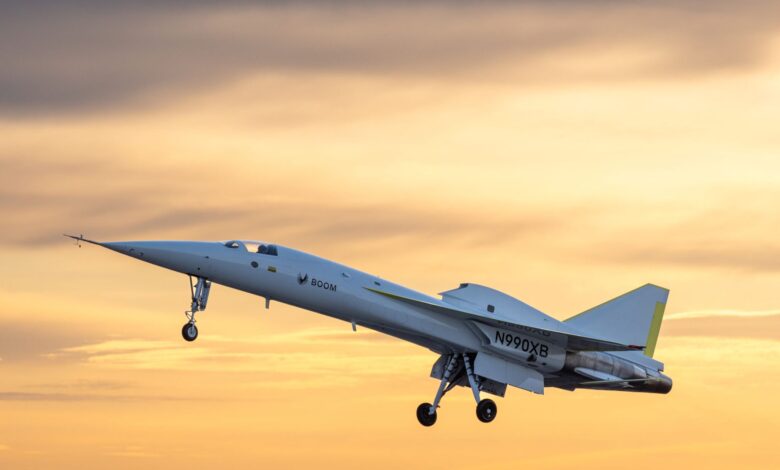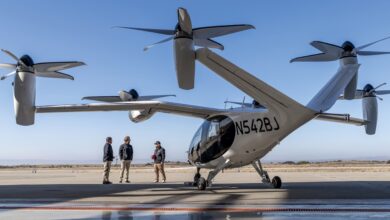- Knowledge is power
- The Future Of Possible
- Hibs and Ross County fans on final
- Tip of the day: That man again
- Hibs and Ross County fans on final
- Spieth in danger of missing cut
Boom Supersonic has achieved a significant milestone in aviation by developing a “Boomless Cruise” capability for its XB-1 demonstrator aircraft, enabling supersonic flight without generating an audible sonic boom at ground level.
Understanding Boomless Cruise
The Boomless Cruise leverages a phenomenon known as Mach cutoff. At higher altitudes, when an aircraft exceeds the speed of sound, the sonic boom’s shock waves can refract in the atmosphere, preventing them from reaching the ground. During a test flight on January 28, 2025, the XB-1 successfully broke the sound barrier three times without any sonic booms detected on the ground, as confirmed by strategically placed microphones along its flight path.
Industry Context
Boom Supersonic’s progress aligns with industry efforts to reintroduce supersonic travel in a manner that addresses past challenges, notably noise pollution. For instance, NASA’s X-59 QueSST project aims to develop quiet supersonic technology, with flight testing anticipated in 2025.
Implications for Commercial Aviation
This advancement holds promise for Boom’s forthcoming commercial airliner, Overture, designed to operate at speeds up to Mach 1.3 without producing disruptive sonic booms. Such capability could reduce U.S. coast-to-coast flight times by up to 90 minutes and offer faster international travel on routes with overland segments.
Future Prospects
If Boom Supersonic’s Boomless Cruise technology proves viable in commercial applications, it could revolutionize air travel by significantly reducing flight times without the environmental and regulatory issues associated with sonic booms. This development represents a pivotal step toward the realization of efficient and quiet supersonic passenger flights



